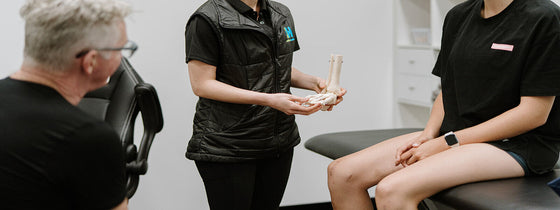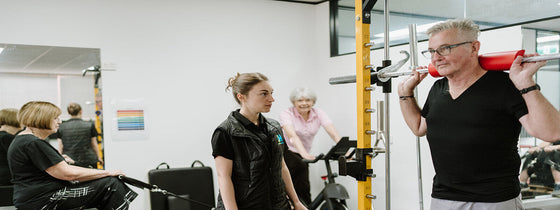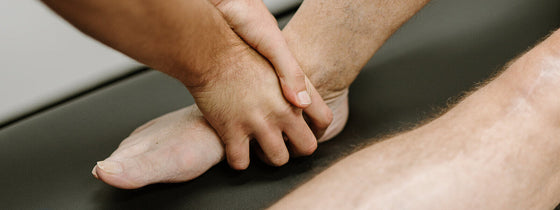What is the meniscus?
The meniscus is a C-shaped cartilage that acts as a cushion between the thigh bone (femur) and the shin bone (tibia). The mechanism of injury for meniscal tears often involves twisting or rotational forces applied to the knee, especially when the foot is planted and the knee is bent. This can happen during activities that require sudden changes in direction, such as in sports like football, soccer, and basketball. However, meniscal tears can also occur due to ageing changes in the knee, particularly in older adults, and thus this is not just a sporty person problem we see at the Optimal Health Lab.
Treatment options generally fall into two categories: conservative (non-surgical) and operative (surgical) management. Understanding the differences between these approaches is crucial for making informed decisions about rehabilitation and recovery.
Conservative management focuses on non-surgical methods to treat meniscal tears and allow suitable healing. This approach is often recommended for stable or degenerative tears, which are more common in older adults. The primary goal is to alleviate symptoms and improve knee function without invasive procedures.
Conservative management is often preferred for its lower risk of complications and long-term joint health benefits. However, it requires patience and commitment to a structured rehabilitation program with your trusty OHL Physio’s help!
Operative management involves surgical intervention to repair or remove the damaged meniscus. This approach is typically considered for acute, unstable tears that cause significant symptoms like knee locking or buckling. The two main types of surgery are meniscus repair and partial meniscectomy.
Post-surgery rehabilitation is crucial for restoring knee function. The Physio-led rehabilitation program typically includes:
Additionally, removing part of the meniscus can increase the risk of developing osteoarthritis in the long term.
The decision between conservative and operative management depends on several factors, including the type and severity of the tear, age, activity level, and overall knee health. A thorough evaluation by a healthcare professional is essential to determine the most appropriate treatment plan. Get in touch to start your individualised assessment and physio-led rehabilitation program today by calling 9431 5955 or you can book with an OHL Physiotherapist via our Client Portal on our website.

If you're experiencing back or neck pain with neurological signs and symptoms, a thorough neurological examination is crucial for accurate assessment and effective treatment. In this Optimal Tip learn more about what we mean by completing a neurological exam!

Squats, deadlifts, and calf raises are key movement patterns that should be part of every strength and conditioning program—regardless of age and activity level. These functional movements support joint health, improve posture and balance, and reduce the risk of injury while building strength where it matters most.

A ganglion cyst is a fluid-filled swelling that typically forms over a joint or tendon sheath, causing discomfort and pain, especially when pressing against nerves or joints. Proper assessment and treatment, including physiotherapy, are essential for managing symptoms and improving function in the presence of a ganglion in your hand, foot, or wrist.